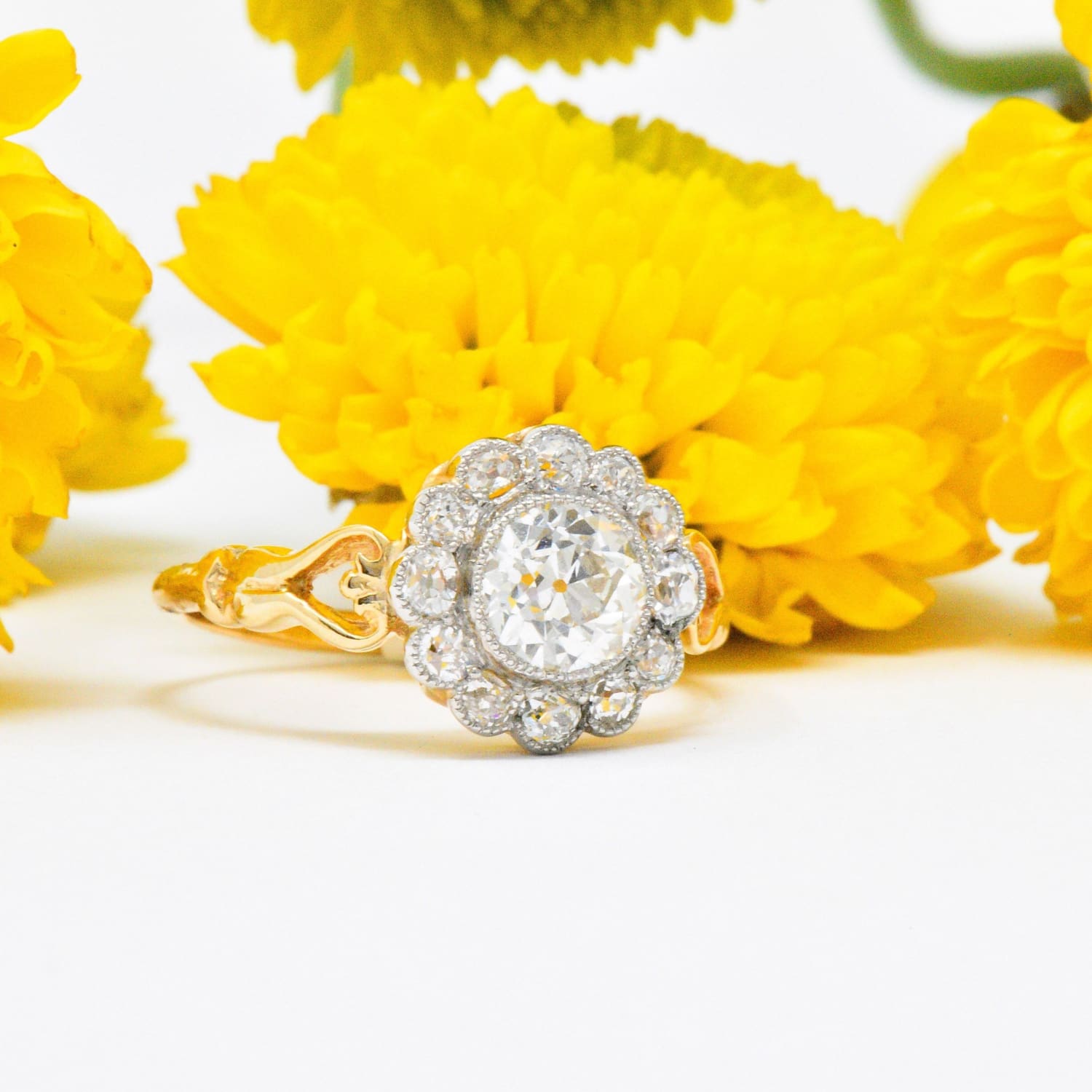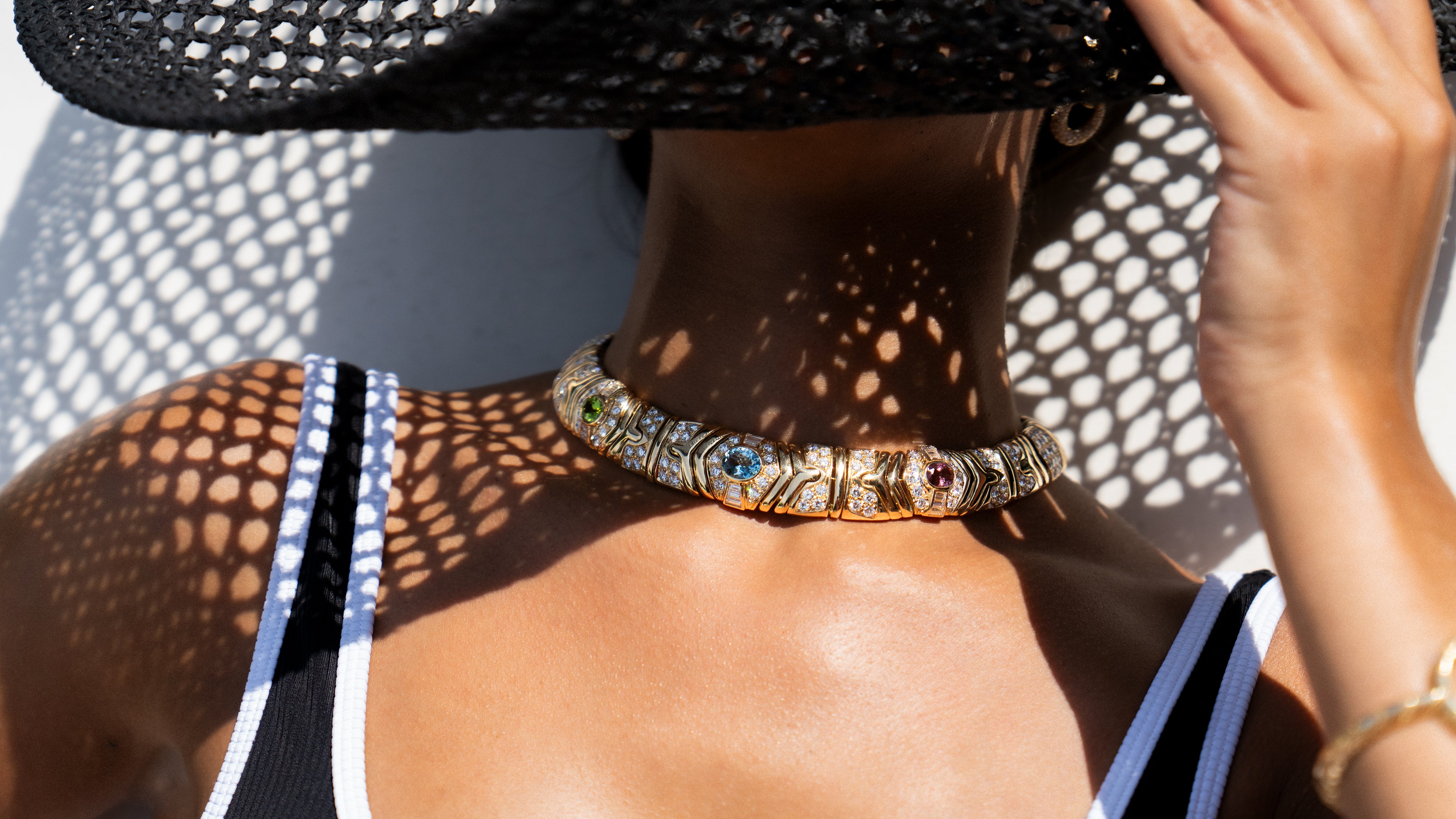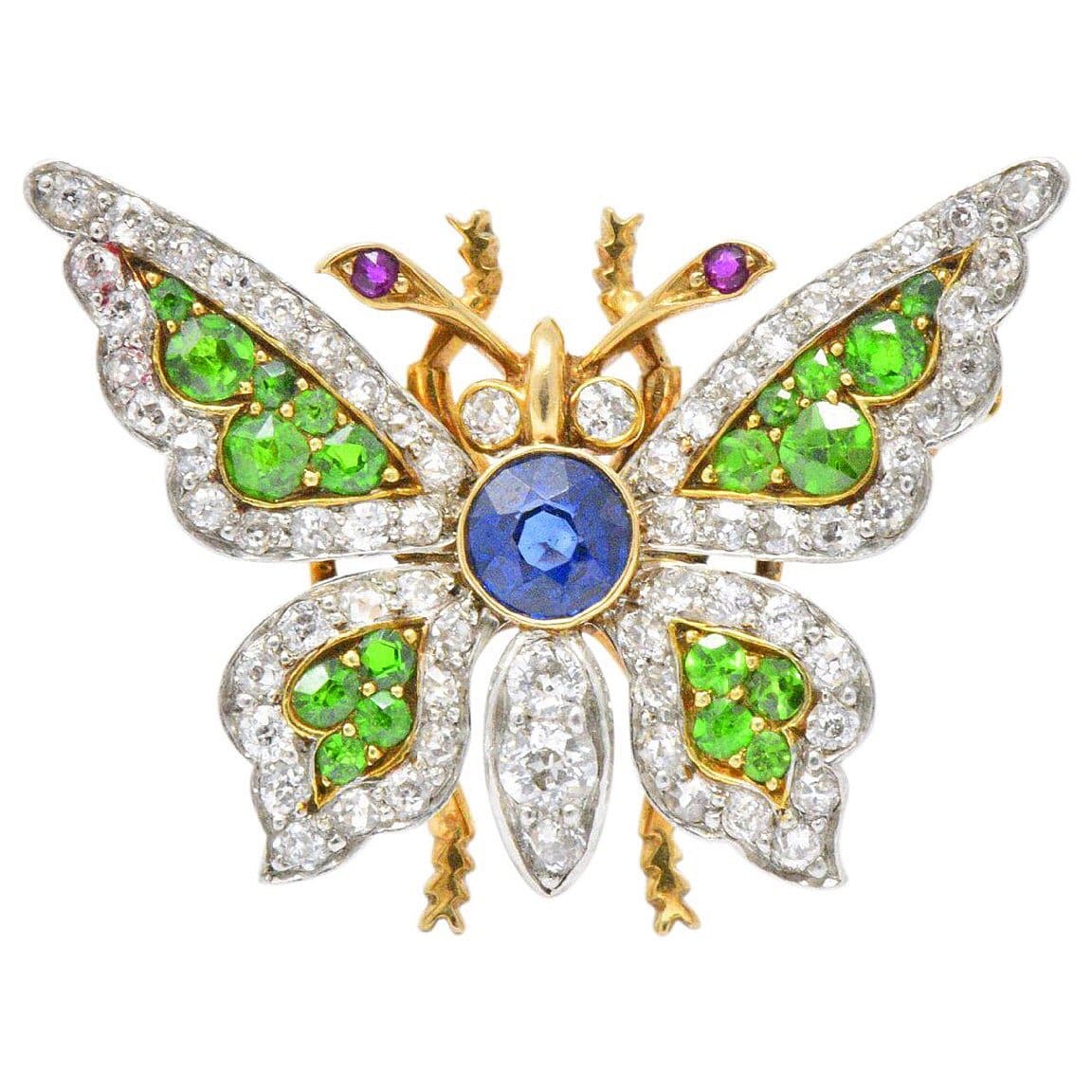Article: What is an Old European Cut Diamond?

What is an Old European Cut Diamond?
Modern diamond cuts are quite different from older styles. There are a variety of antique cuts to choose from, including old mine, single, rose, round brilliant, and of course the popular old European cut.
Perhaps you are wondering what made the old European cut diamonds so special. If you are, you can read about it here and learn why they served as the predecessor for the most common diamond cuts seen today.
Take a few minutes and check it out....

What’s in a Cut?
The old European cut is similar to other antique diamond cuts in a couple of ways. Like the old mine cut, this style has a high crown, a small table, and a flat culet. What does this mean? If you look at a diamond from the side, there is a clearly delineated top and bottom. The bottom, tapering down to a point, is the pavilion, while the upper portion is the crown, and the slender section between them is the girdle. The culet is the point at the bottom, but on older gemstones, it is cut flat rather than pointed.

As you can probably guess, a high crown is closer in proportion to the bottom half, as opposed to a low crown that appears shorter by comparison. The table is the flat surface at the very top of the gemstone and it is the largest facet of the stone. A small table is one that is proportionally closer to other facets, while a large table would be considerably higher in ratio to the other facets.
The major difference between mine cut and old European is that the girdle, at the intersection of the crown and pavilion, is more round, so that when you look down at the top of the diamond, it appears to be circular rather than squarish.

From Then to Now
The old European cut appeared in the 1800s and became the preferred cut for diamonds from approximately the 1890s to the 1930s. At that time cutting techniques began to improve dramatically, making round cuts a lot more uniform. However, most diamonds of the time were still cut by hand. It wasn’t until after the 1930s that jewelers began using machinery to cut diamonds. This is when precision and truly uniform cuts began to take shape.
As a result the modern round brilliant cut virtually replaced the old European cut style although it retained the same 58 facets and the circular girdle. All that really changed was the culet, which went to a point rather than a flat cut. In short order diamonds began to feature more and finer facets that favored sparkle over depth.
For the Astute Collector
While diamonds with modern cuts are numerous, antique styles such as the old European cut are more difficult to find. Because there is a limited quantity they are a valuable commodity especially for connoisseurs who prefer the warm depth of older cuts. When you want an old European cut diamond, be sure to take a look at the gorgeous vintage gemstones offered at Wilson’s Estate Jewelry.


Leave a comment
This site is protected by hCaptcha and the hCaptcha Privacy Policy and Terms of Service apply.